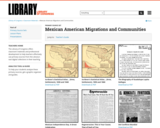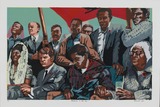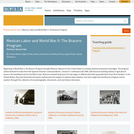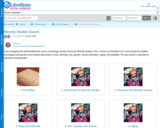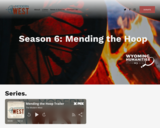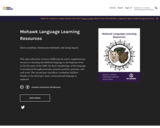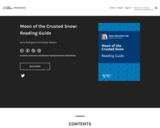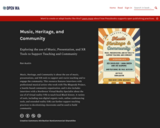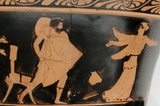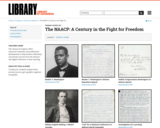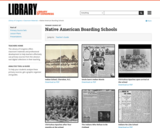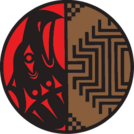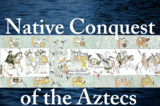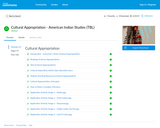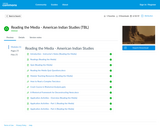Short Description:
This manual will provide straightforward “how to” instruction on how to be an advocate for change in public health policy. By providing actual steps that students can take to make a difference, it will be a beginner’s guide to individual and grassroots activism. Additionally, it will include how to professionally employ modern tools, such as social media platforms, in their advocacy endeavors.
Long Description:
This manual will provide straightforward “how to” instruction on how to be an advocate for change in public health policy. By providing actual steps that students can take to make a difference, it will be a beginner’s guide to individual and grassroots activism. Additionally, it will include how to professionally employ modern tools, such as social media platforms, in their advocacy endeavors.
This modern approach to activism is crucial: most advocacy manuals focus on traditional forms of outreach, such as in-person lobbying, letter-writing campaigns, public group demonstrations, and phone banking. Thus, most manuals fall short of the tools that literally lie at the new generation’s fingertips: social media. In light of movements such as Black Lives Matter, which took place largely online amidst a pandemic, this manual informs students how to educate themselves and others of a cause as well as take direct action—all from the comfort and safety of home/wherever they charge their phone. By using accessible language for novice public health activists, the manual also intends to break down the barriers of intimidation students may face when they are not yet fully immersed in public health/political jargon.
Other publications/textbooks are costly and/or not available through Amazon and mainstream bookstores and are therefore, inaccessible. Furthermore, these textbooks are dense and lengthy, intimidating students who are just yet beginning their journey in public health activism. While most manuals available currently focus on in-person lobbying scripts and formal letters-to-the-editor, this manual adapts to students’ pandemic lifestyle in an age where Twitter and TikTok are viewed more regularly than a newspaper–all while referencing traditional sources.
While the manual intends to reach a broad audience of diverse backgrounds, it will still draw from formidable sources and leaders in the field of advocacy work and public health, such as Martin Luther King Jr. , Paulo Freire, and Eugene Bardarch. Incorporating their pedagogies in simple digestible form will hopefully encourage students to further explore the larger works available from this historical groundbreaking leaders and minds.
Finally, while this manual is aimed towards students in the field of public health, it is relevant to a broad and diverse audience. The logic and tactics presented in this manual are applicable to a wide range of fields and purposes.
Word Count: 5879
(Note: This resource's metadata has been created automatically by reformatting and/or combining the information that the author initially provided as part of a bulk import process.)
